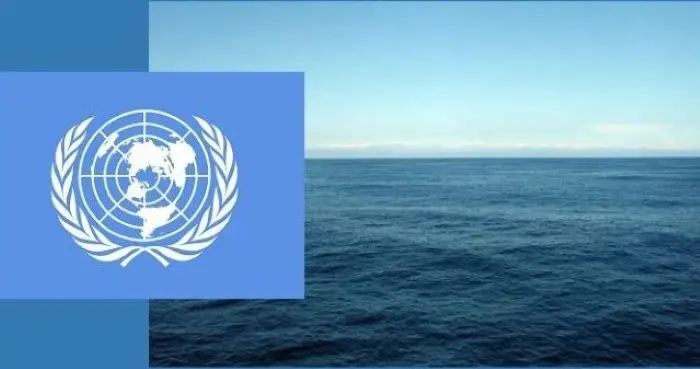High Seas Treaty : UN Inks First High Seas Treaty in a Bid to Protect Ocean Bodies of the World
The United Nations (UN) has signed its first-ever high seas treaty to protect the world’s oceans. The treaty aims to conserve and sustainably use marine life and protect the environment. The treaty was signed after years of negotiations and discussions by 140 nations, representing 60% of the world’s oceans.
The treaty will protect the world’s oceans from overfishing, pollution, and climate change, which pose a threat to marine biodiversity. It will also ensure that vulnerable marine ecosystems are protected, including seamounts, hydrothermal vents, and cold-water corals.
The treaty establishes a legally binding framework for the conservation and sustainable use of marine biodiversity in areas beyond national jurisdiction. It will also promote international cooperation in the conservation and management of high seas biodiversity.

B) Why This News is Important
The UN’s first high seas treaty is a significant step towards the conservation and sustainable use of marine biodiversity. With 60% of the world’s oceans represented by 140 nations, the treaty aims to protect the marine environment from the harmful effects of climate change, overfishing, and pollution. The treaty will also promote international cooperation in the conservation and management of high seas biodiversity.
C) Historical Context
The treaty has been in development since 2004, when the UN General Assembly adopted a resolution calling for the conservation and sustainable use of marine biodiversity in areas beyond national jurisdiction. The resolution led to the establishment of the Ad Hoc Open-ended Informal Working Group to study the issue.
In 2011, the Ad Hoc Group recommended the development of a new international instrument under the United Nations Convention on the Law of the Sea. Negotiations began in 2018, and the treaty was finally signed in 2021.
D) Key Takeaways from “UN Inks First High Seas Treaty in a Bid to Protect Ocean Bodies of the World”
| Serial Number | Key Takeaway |
|---|---|
| 1. | The UN has signed its first-ever high seas treaty to protect the world’s oceans. |
| 2. | The treaty aims to conserve and sustainably use marine life and protect the environment. |
| 3. | The treaty will protect the world’s oceans from overfishing, pollution, and climate change. |
| 4. | The treaty establishes a legally binding framework for the conservation and sustainable use of marine biodiversity. |
| 5. | The treaty will promote international cooperation in the conservation and management of high seas biodiversity. |
Important FAQs for Students from this News
What is the UN’s high seas treaty?
The UN’s high seas treaty is a legally binding framework for the conservation and sustainable use of marine biodiversity in areas beyond national jurisdiction.
Why is the high seas treaty important?
The high seas treaty is important because it aims to protect the world’s oceans from overfishing, pollution, and climate change. It will also ensure that vulnerable marine ecosystems are protected, including seamounts, hydrothermal vents, and cold-water corals.
Which nations signed the high seas treaty?
140 nations signed the high seas treaty, representing 60% of the world’s oceans.
When was the high seas treaty signed?
The high seas treaty was signed in 2021 after years of negotiations and discussions.
What is the historical context of the high seas treaty?
The high seas treaty has been in development since 2004, when the UN General Assembly adopted a resolution calling for the conservation and sustainable use of marine biodiversity in areas beyond national jurisdiction.
Some Important Current Affairs Links


















 Exciting News!
Exciting News!  Join Our Telegram Channel Now!
Join Our Telegram Channel Now!
 Join our Telegram channel for a thrilling adventure into the world of daily current affairs.
Join our Telegram channel for a thrilling adventure into the world of daily current affairs. 
 Don’t miss out on the latest updates and insights! Click to join now and be part of the knowledge revolution!
Don’t miss out on the latest updates and insights! Click to join now and be part of the knowledge revolution! 
